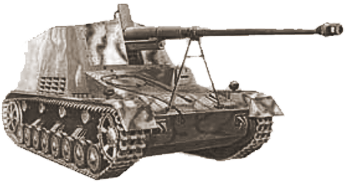Last month I began an in-depth look at what was happening outside Stalingrad while what has become one of the most remembered battles of the Second World War was waged in the streets and ruins of the city.
Articles

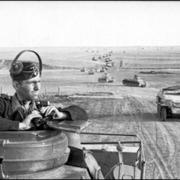
Seventy-four years ago one of the Second World War's most important battles raged in the Russian city of Stalingrad. That fighting still attracts the attention of history enthusiasts to this day, but what is often forgotten is that what was happening outside Stalingrad had an enormous impact on events inside the city.
General of Panzer Troops Friedrich Paulus's Sixth Army and Colonel General Hermann Hoth's Fourth Panzer Army spent September of 1942 battering the Soviet Southeastern Front's
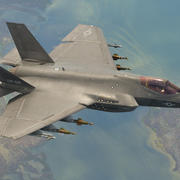
By Mandy Smithberger*
The F-35 Joint Strike Fighter program is the most expensive procurement program in Pentagon history. It’s been plagued by schedule delays, gross cost overruns, and a slew of underwhelming performance reviews. Last month the Air Force declared its variant “ready for combat,” and most press reports lauded this as a signal that the program had turned a corner.
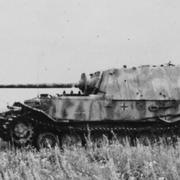
I have previously written about the circumstances surrounding the Red Army's spring 1944 siege of Tarnapol, as well as a general overview of the siege. Here I would like to delve deeper into the composition of the beseiged garrison, and the German relief effort's operations - using Schwere Panzerjager-Abteilung 653's employment in the relief force to help explain why the Germans failed.
During the March-April 1944 offensive launched by Marshal of the Soviet Union Georgy Zhukov's 1st Ukrainian
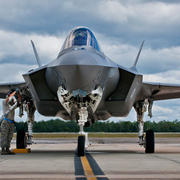
By Mandy Smithberger*
Inside-the-Beltway wisdom holds that the $1.4 trillion F-35 Joint Strike Fighter (JSF) program is too big to cancel and on the road to recovery. But the latest report from the Defense Department’s Director of Operational Test and Evaluation (DOT&E) provides a litany of reasons that conventional wisdom should be considered politically driven propaganda. The press has already reported flawed software that hinders the ability of the plane to employ weapons, communicate
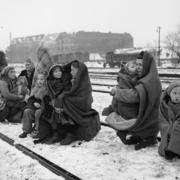
Last month I posted a short write-up on Auschwitz, which I visited in September of last year. In addition, at the website's World War II gallery I posted fourteen photo's I took at Auschwitz, and corresponding detailed descriptions amply illustrating these German initiated crimes against humanity. In addition, I have also published a detailed look at the former German concentration camp at Terezin in the Czech Republic (which I visited in 2013) and repeated articles, book reviews, and pictures
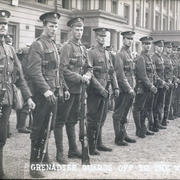
Yes we know Christmas was two weeks ago. But given all of the 100 year retrospectives on the famous First World War "Christmas Truce" of 1914 we thought our readers should know that in actuality the Christmas period was for many First World War Western Front combatants hardly as peaceful as the mainstream media would lead one to believe.
By Bryan J. Dickerson*
For many British and German soldiers, Christmas 1914 was a time to temporarily halt the incessant killing of the First World War.
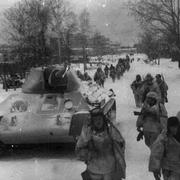
Early in December 1941 German led Axis forces had driven to the gates of Moscow. However, the Red Army counter-attacked their overextended enemy. Soviet armies drove the Wehrmacht and its Axis allies back across the entirety of the front, and put the nail in Operation Barbarossa's coffin. Nevertheless, by early in January 1942 most of the initial Soviet counterstrokes had fizzled to a halt, and for good reason.
In just over six months of warfare the Soviet Union had lost control over 40
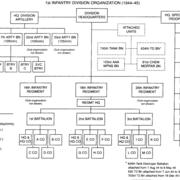
By Bryan J. Dickerson*
Of all the U.S. Army units to serve in Czechoslovakia during 1945, none was as combat experienced as the 1st Infantry Division. From the assault landing at Oran, Algeria on 8 November 1942 to V-E Day in north-west Czechoslovakia on 8 May 1945, the “Big Red One” spent an astonishing 443 days in combat across two continents.
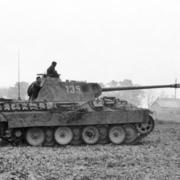
As we approach the 70th anniversary of the Warsaw Uprising I thought it would be appropriate to set the stage for the brave but doomed efforts of the Polish Resistance to free their city from Nazi occupation. Late in July of 1944 and as the Red Army approached Warsaw's outskirts it must have seemed as if the Soviet war machine was unstoppable. Alas, this would prove not to be true.
Even though much of the blame for the failure of the Polish Resistance to overcome their Nazi overlords must be

